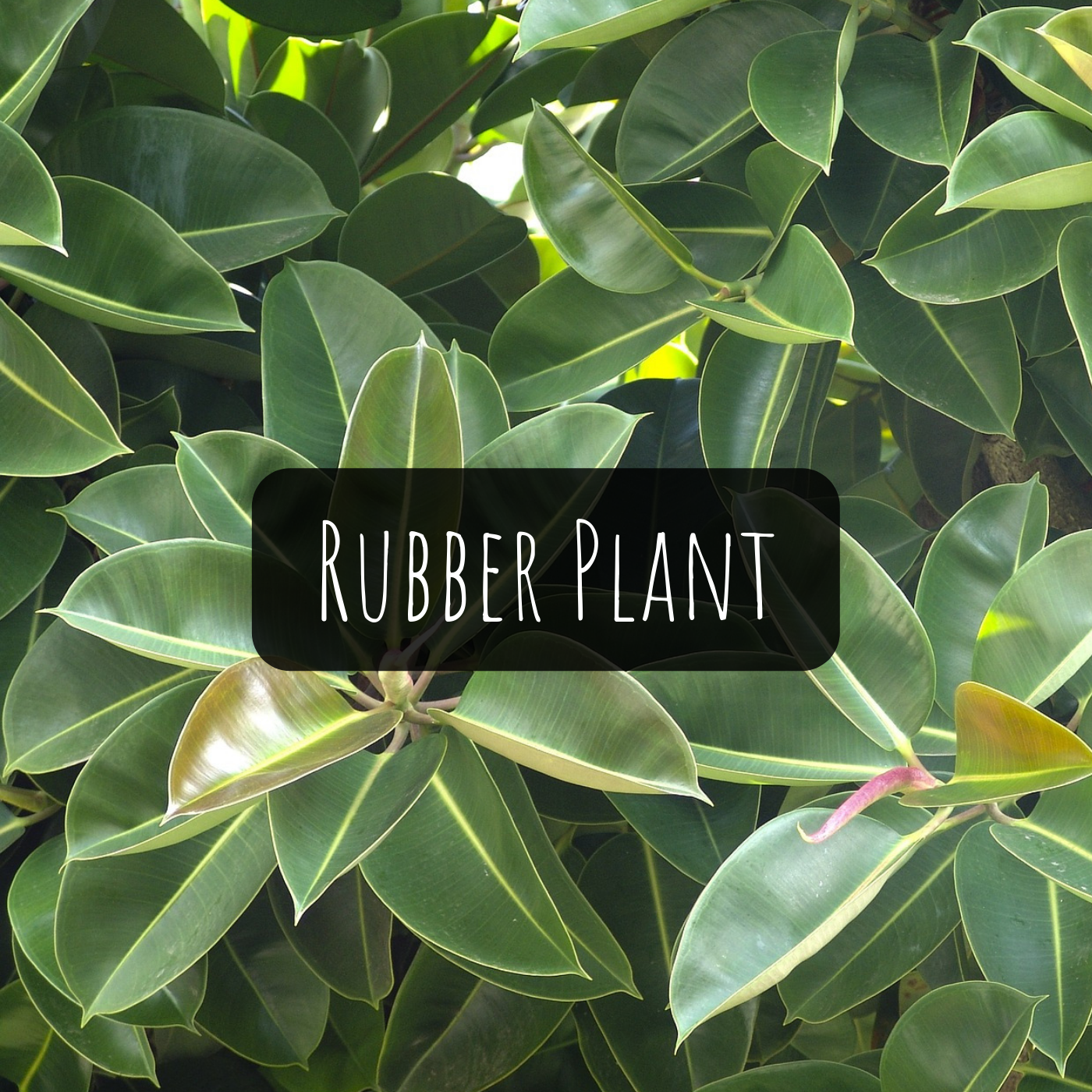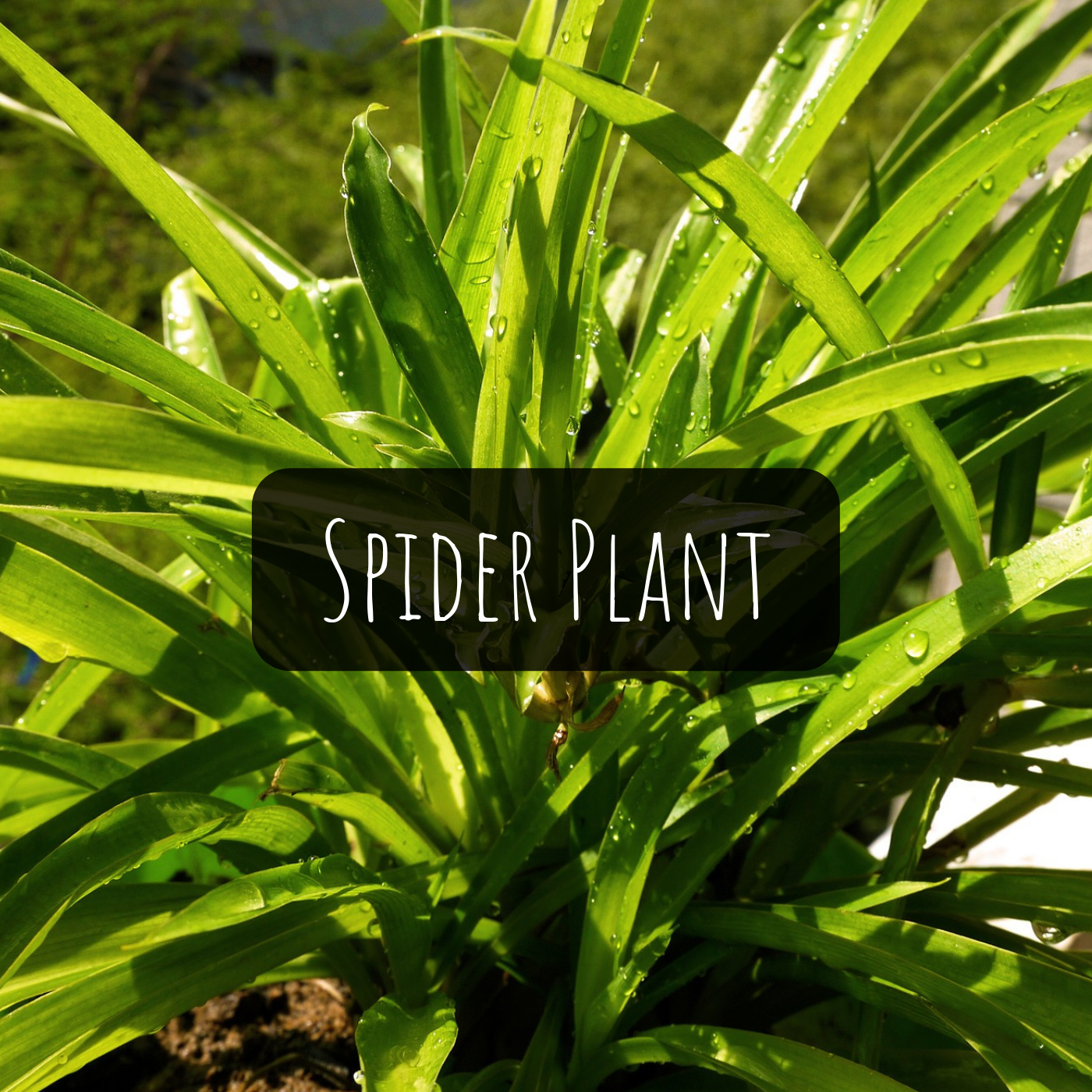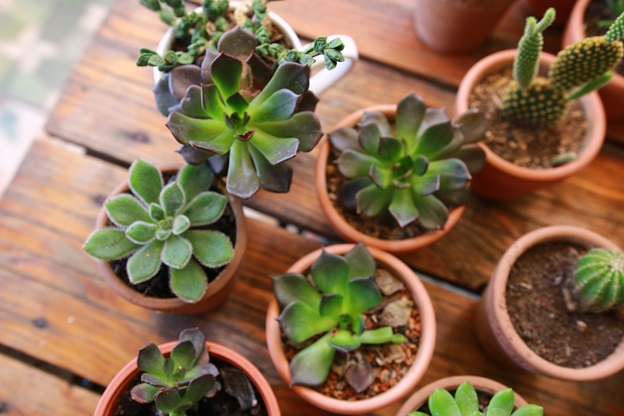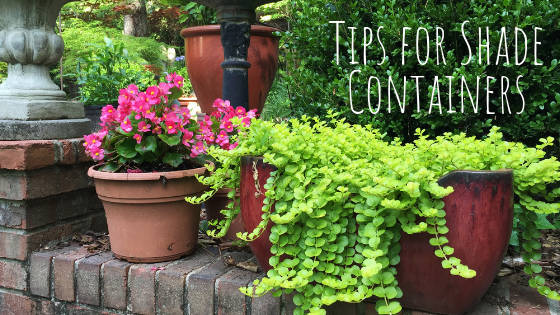
A collection of beautiful shade containers can turn that shady corner of the garden or patio into a hidden oasis on a hot summer afternoon. Shade loving plants have a charm and personality all there own – distinct from sunny plants but just as beautiful. Here are a few ideas and tips to help you create your own shady hideaway!How Much Shade Light requirements can get kind of tricky. Is that back patio “shade” or “part shade?” Maybe it’s “part sun?” A very general rule of thumb for the Denver area is any spot that gets between 0 to 3 hours of sunlight a day can be considered "shade" and 3 to 5 hours can be considered "part shade." The most important thing is to keep your shade-loving plants out of the blazing, mid-day sun. An area with a couple of hours of morning sun and afternoon shade the rest of the day is ideal for shade containers. Picking a Container Shade loving plants tend to be slightly more susceptible to over-watering, so always be sure your container has drainage holes at the bottom. It’s also important to use light, well-draining potting soil to keep water and air circulating to the roots. Don’t forget that containers can be part of the show, too. Try picking out a big, colorful container to brighten up a shady corner. The Old Favorites When most gardeners think of shade containers, they immediately think of impatiens and begonias. Both have been shade-loving favorites for decades and it’s easy to see why. Impatiens and begonias are easy to grow and bloom in an eye-popping array of colors all season long. Both like shady, moist conditions and a regular dose of Magic fertilizer. Begonias benefit from diligent deadheading, while impatiens are self-cleaning and need no pinching back.
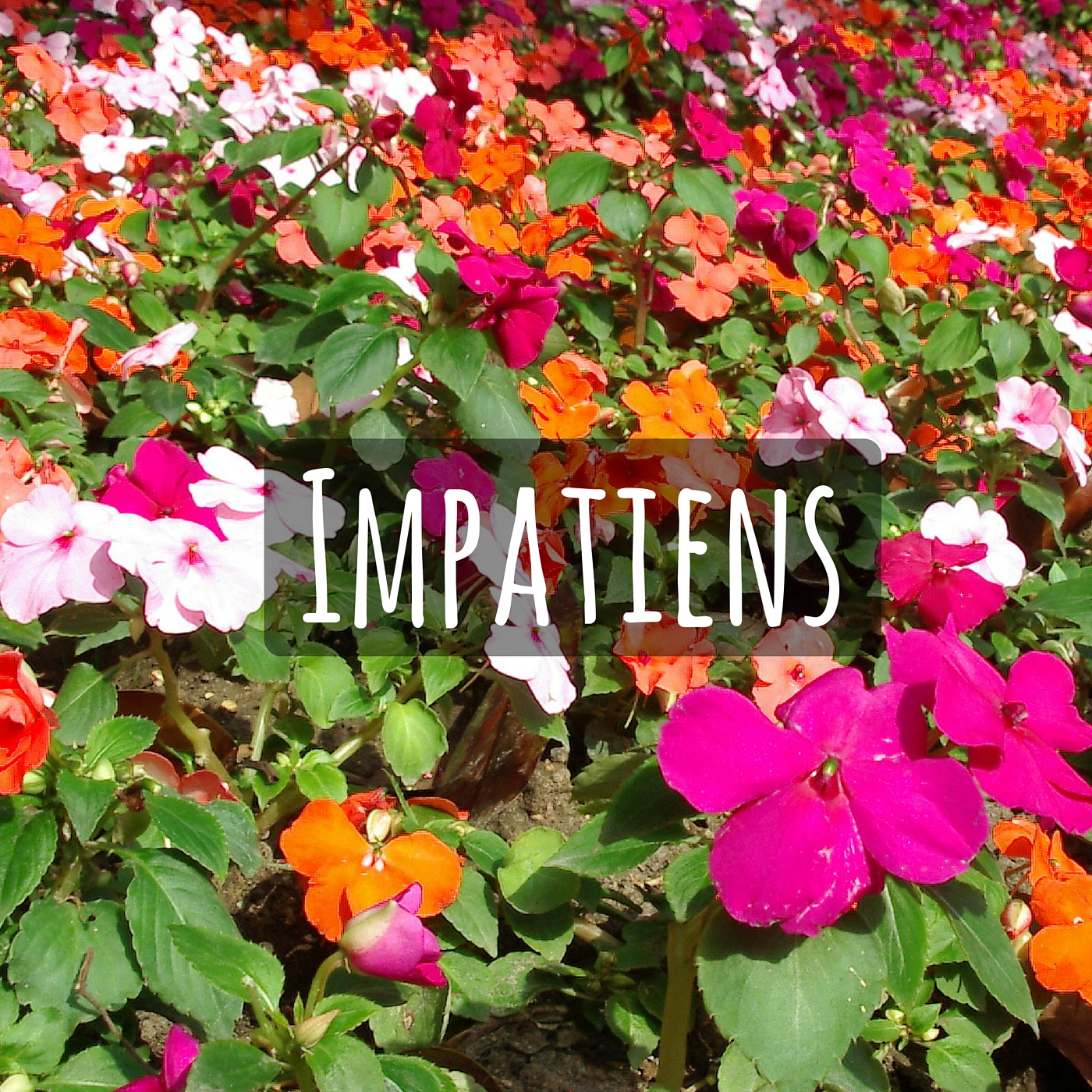
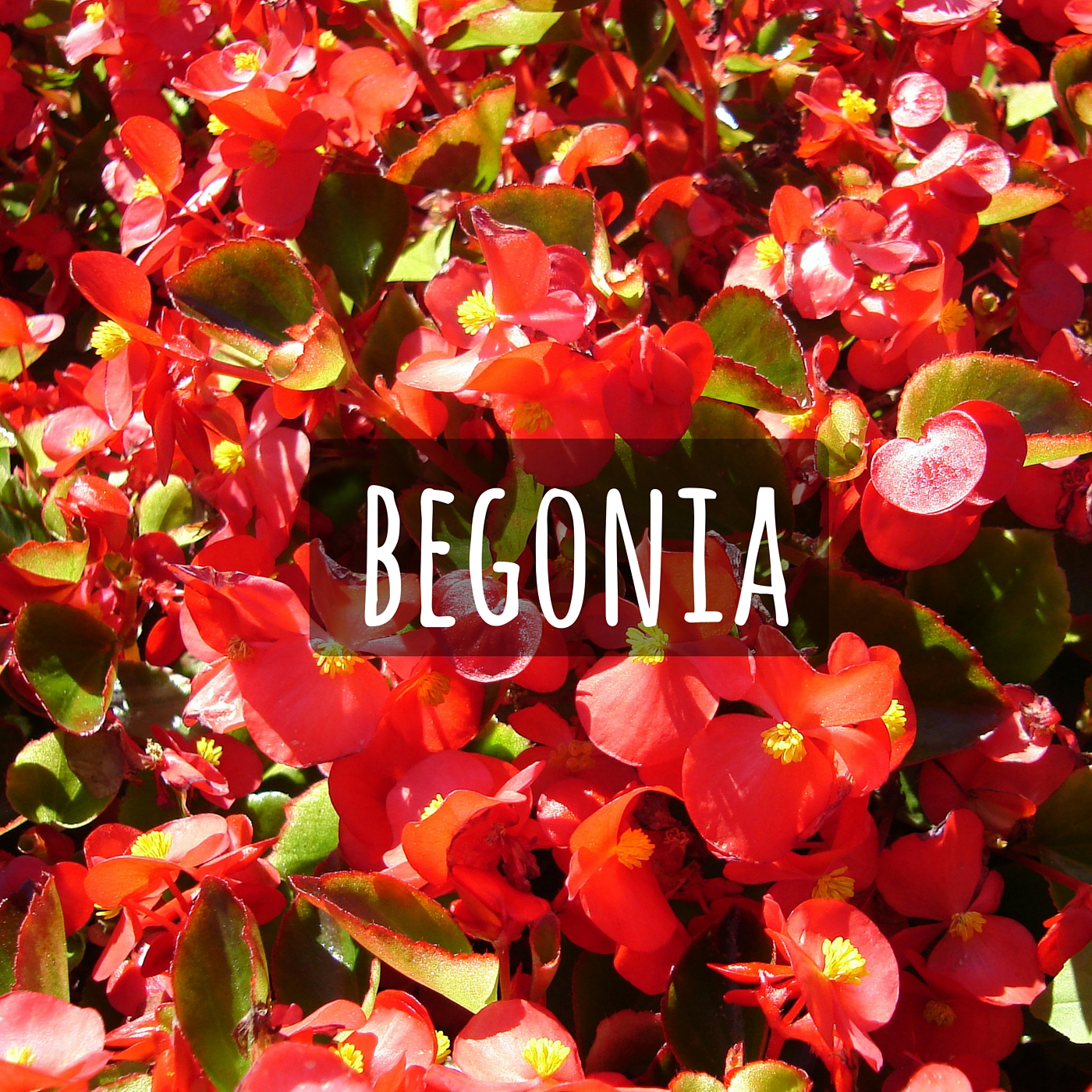
Fantastic Foliage In the sun, it’s all about the flower power, but in the shade plant foliage can really take center stage. The undisputed foliage superstar is coleus. These shade annuals’ leaves are kaleidoscopes of color – greens, reds, purples, yellows, pinks and everything in between. Coleus like a little bit extra water and do great in both shade and partial shade conditions. They do produce a spike of flowers in the summer, but these should be pinched off to focus on the main event – that fabulous foliage!
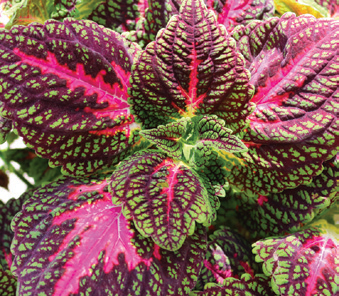

Outside the Box (or container) We usually think of annuals when it comes to container gardening, but plenty of shade perennials look fantastic in containers, too. A beautiful, purple heuchera (coral bells) makes a great container thriller. Or what about a towering foxglove to catch the eye? And a pot filled with a big, lush hosta can really brighten up a shady corner of a patio or entry way. Best of all, after the season is over, you can transfer these perennials into your garden and enjoy them for many seasons to come.
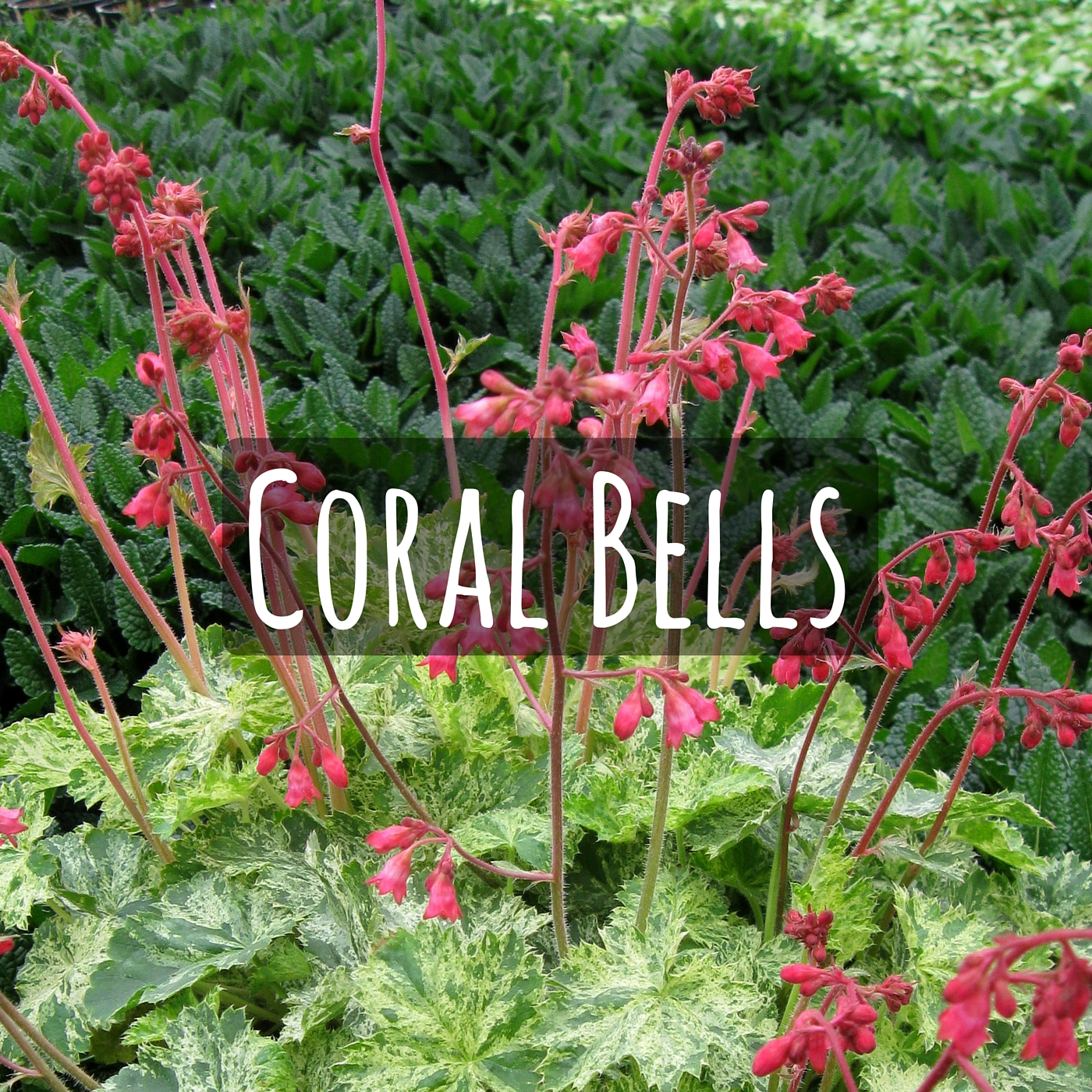
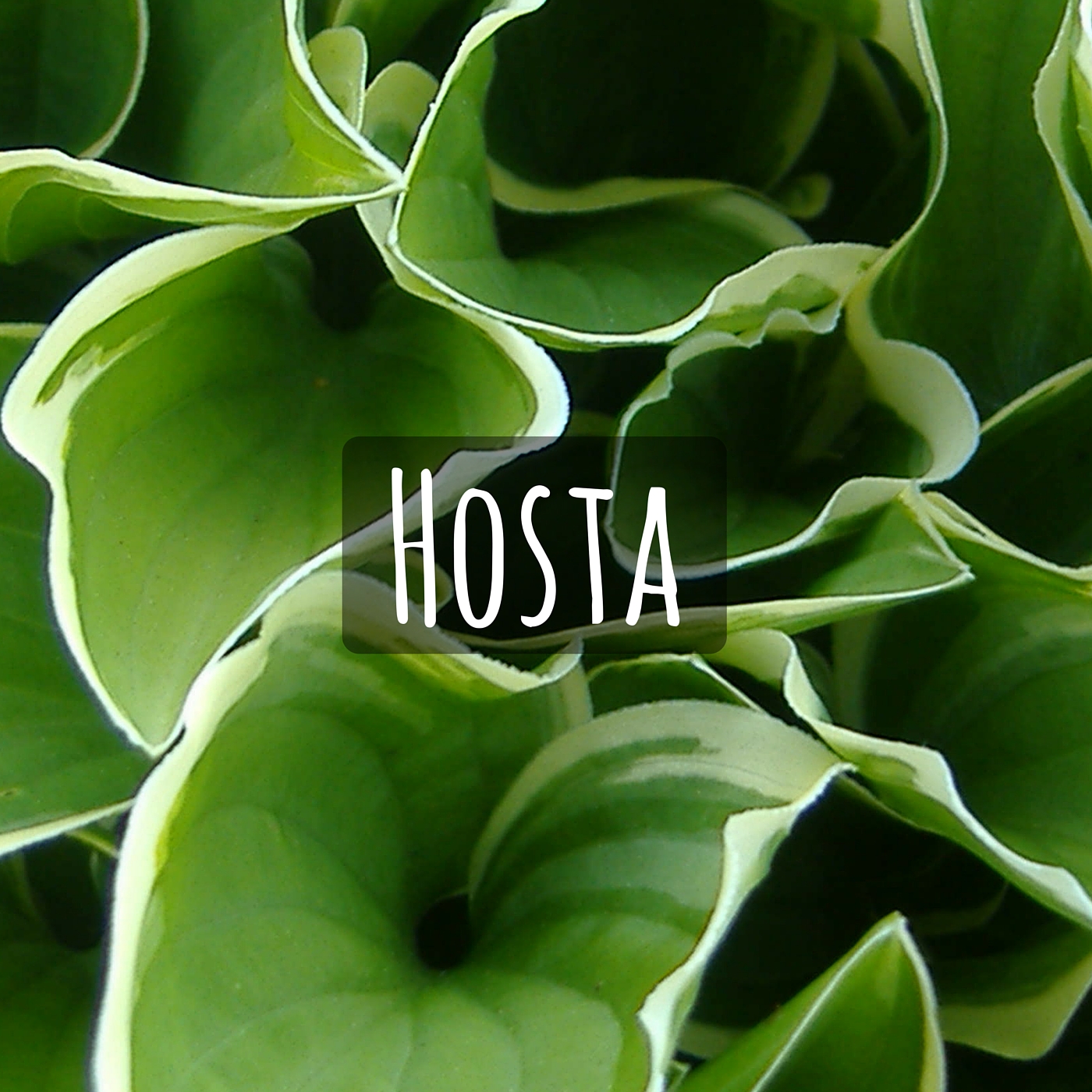
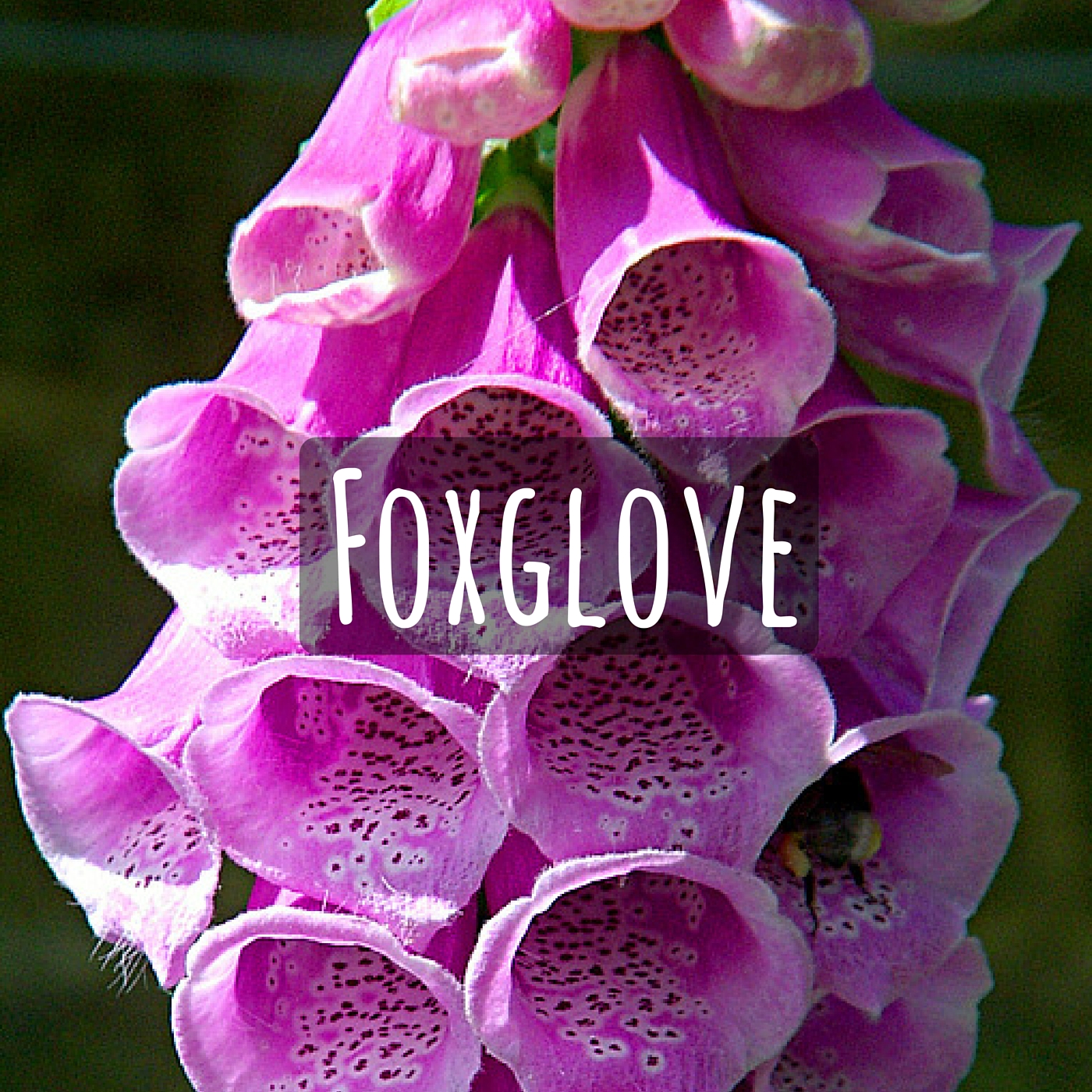
In the same way, certain tropical houseplants can be mixed into outdoor containers to enjoy during the spring and summer. Try incorporating rubber plant, spider plant or even some succulents into your shade patio pots. Once the cold weather arrives, transplant them into pots and bring them indoors for the winter.
